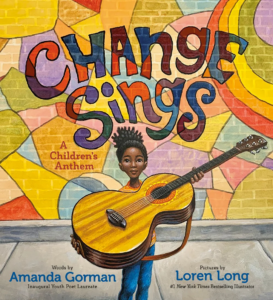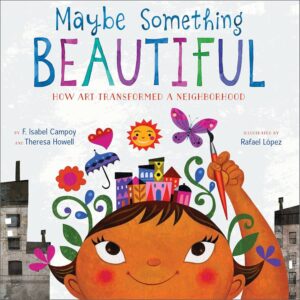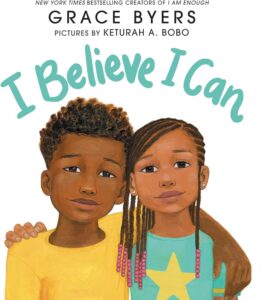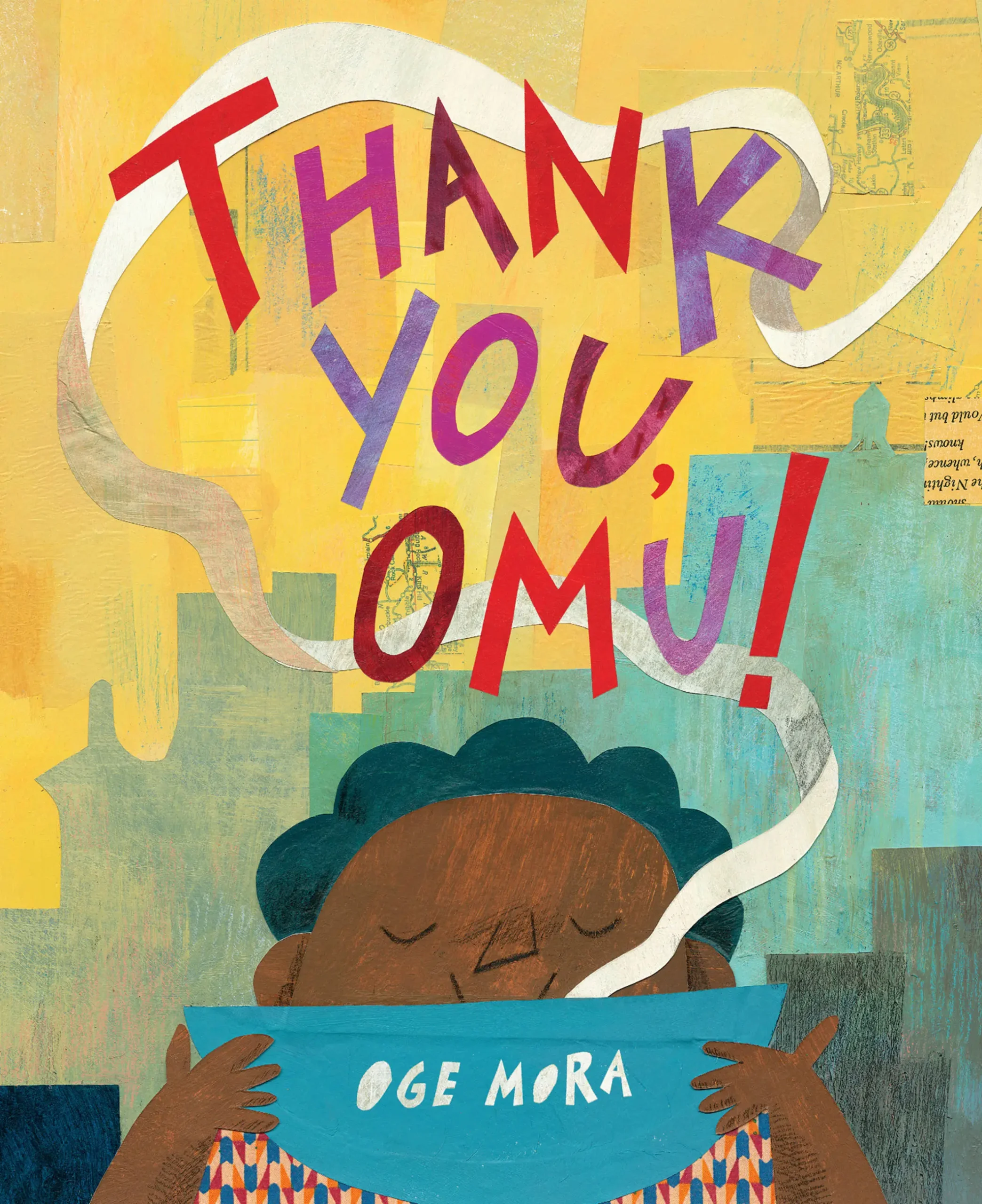Be You! 1 (Visual Arts)

Art Form: Visual Arts
Supplies Needed
-Be You! book
-Paper
-Crayons, colored pencils, or markers
Vocabulary
Self Portrait - an artist’s visual portrayal of him or herself
Character - a person in a story or play, or an animal or object that has human qualities
Unique - one of a kind; special
Expression - a way to show feelings or ideas
Color - an element of art with three properties: 1) Hue: the name of the color, e.g. red, yellow, etc.; 2) Intensity: the purity and strength of the color (brightness or dullness); 3) Value: the lightness or darkness of the color (shades and tints)
Shape - a flat, enclosed line that is always two- dimensional and can be either geometric or organic
Confidence - believing in yourself
Instructions
1. Read Be You!. Who is the character in the story? Where might this story take place? Give the character a name. What are the some of the things the character is encouraging you to be?
2. Think about what makes you special, kind, or brave. Use lines and shapes to draw a picture of yourself, illustrating your style, your smile, and your favorite things!
3. Think about your smile, your talents, and your favorite things. Add words or symbols that show who you are (like hearts, stars, or books).
4.Write your name and a sentence to describe one thing you love about yourself. Use one of these sentence starters, “I am me because..., ” or My favorite thing about me is...”.
Extensions
Make a "Be You!" book with more pictures of what you like, feel, and dream about.
Talk about what makes your friends or family unique too!
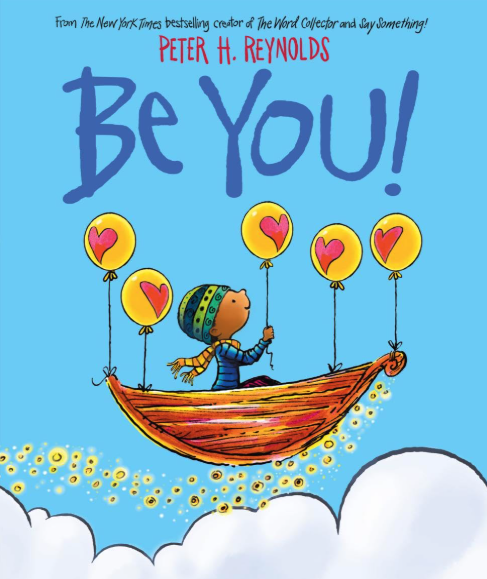
About
The REimagining and Accelerating Literacy through Arts Integration (REALAI) grant supports the literacy achievement of 3,200 students and 170 teachers, media specialists, and literacy coaches across six schools in Georgia and South Carolina.
In addition to professional learning for educators, this project contributes significantly to school library collections through the purchase of developmentally appropriate and culturally relevant books.
This grant also includes parent events to provide families with access to books and other content about how to support their child’s reading development.


